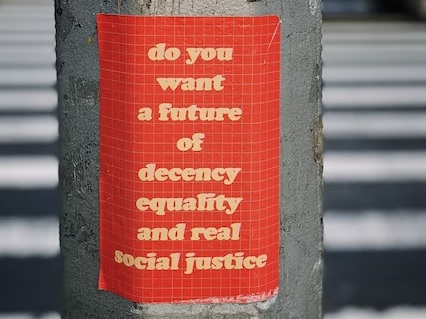
Hi everyone, before we get started, here’s a conversation on Donor-Advised Funds (DAFs) taking place on April 21 at 10am PT. It’s free, and auto-captions will be enabled.
Some of you may remember #DAFHobbyGate, where many, many fundraising colleagues got very upset because on an earlier webinar I mentioned that “philanthropy has often become a hobby for the rich and it really shouldn’t be.” Dozens of indignant people told stories of the wonderful donors they encountered who would die before they thought of their charitable work as a hobby. Others called me pretentious, self-righteous, and ignorant. A few demanded I apologize for my thoughtless and insensitive words (which I did, very sincerely).
Here’s the thing, though: Not a single donor indicated they were offended. Or certainly no one expressed they got offended in their role as a donor, as I suspect all of us in the sector are also donors. The folks who were bothered expressed their rage as fundraisers, wealth advisors, and fundraising thought-leaders.
In an earlier post (“White development colleagues, we need to talk about fundraiser fragility”) I mentioned Fundraiser Stockholm Syndrome, this primal urge among fundraisers to protect donors from any and all criticisms and discomfort, as if donors were perfect beings immune to committing any wrongdoings, or fragile baby birds who cannot fend for themselves. It is preventing us from having deep, necessary conversations that would advance our field.
Continue reading →




